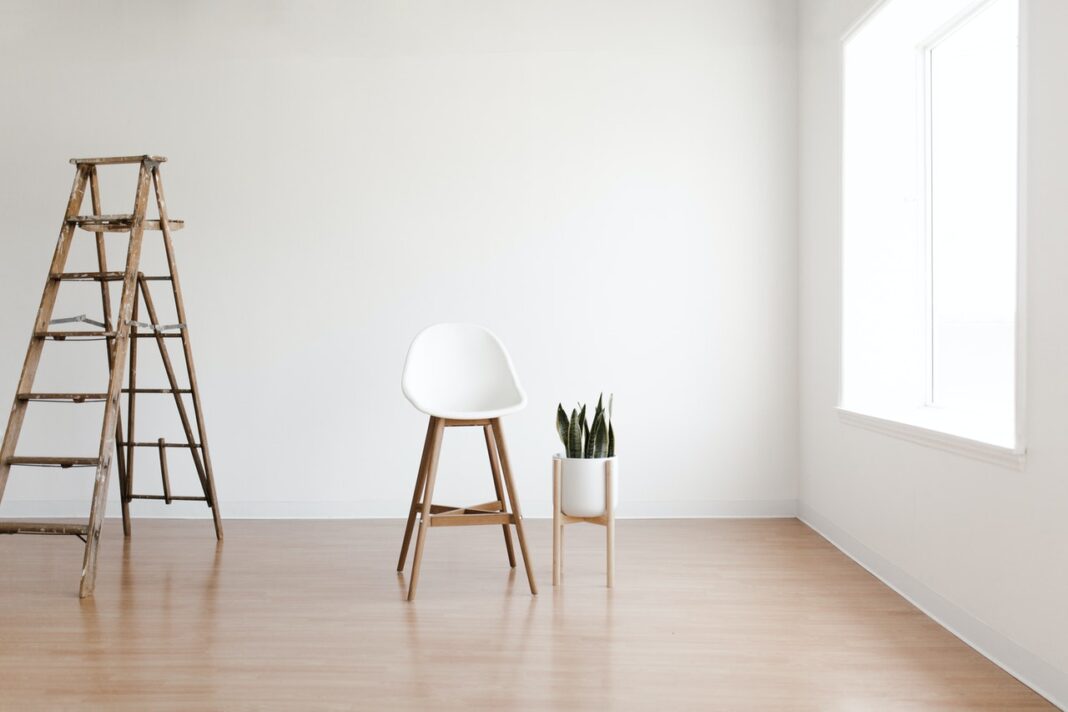What is the difference between cable ladders and cable trays?
It may be difficult to decide which support option is ideal for your application because there are a variety of alternatives accessible.
When it comes to cable ladders and cable trays, there are a few key differences that can help you make your decision easier. Read on to learn more about the best alternatives for you.
Cable ladders are generally used to support heavy cabling or high-volume transmission, especially if there are a lot of spans between supports.
In an effort to lighten vessels, cable trays are often used for lightweight cable support as well as instrumentation and tubing.
Check out Cyber Security Insurance Companies here.
Cable ladder
Other known names: ladder tray, cable runway
- A simple design with side rails and rungs. The perforated rungs make it simple to fasten cable ties or cable cleats directly to the ladder.
- Cable, wire harnesses, and other associated electrical systems are made out of this material. It is often used in instrumentation cables, telecommunications wires, overhead power lines, and other similar applications.
- Can handle hefty cables, cable bundles, and pipelines at long support spans.
- At any one of the branch connections, cables may enter and leave at will.
- Ladders allow for greater air circulation, which is crucial to maintaining the proper temperature in cables.
- There must be little moisture, water, or dust accumulation.
- Cables are visible and readily accessible, making it simple to check and modify them.
- Cabling may be covered with a protective covering to prevent it from UV, snow/ice, and theft.
- The fittings on the Oglaend System’s cable ladder span, such as elbows, tee pieces, cross pieces, and risers, make changing direction or height simple. The ideal space-saving ideas for your bathroom are as follows:
- 3- and 6-meter lengths are the most common.
Cable tray
Other known names: trough, ventilated cable tray
- A single sheet of metal is the whole. Many cable trays have slot patterns, making it simple to arrange equipment and fasten cable ties as well as other fixings such as tubing clamps.
- Suitable for light electrical and instrumentation cables and tubing.
- The water-resistant, laminate construction seals in moisture and noise while the perforations allow for moisture drainage and ventilation.
- The number of cables that should be installed in a home theater system is debatable, but there are several factors to consider before adding any additional wires. When you have three or fewer HDMI connections on the same channel, it’s preferable to use trays instead of boxes because they add more support and prevent cables from drooping, which can harm the circuit
- The most attractive alternative is to use cable trays. Cable trays are an excellent option for concealing wires without losing their arrangement in buildings with no paneled ceilings.
- The hood is made of aluminum, and it features a high-visibility design to assist drivers to spot you from long distances. Covers are available to protect wiring against UV, snow/ice, and vandalism.
- Users can also buy 12-meter bundles in order to reduce the number of cables. Cables are generally supplied in 3-meter lengths.










